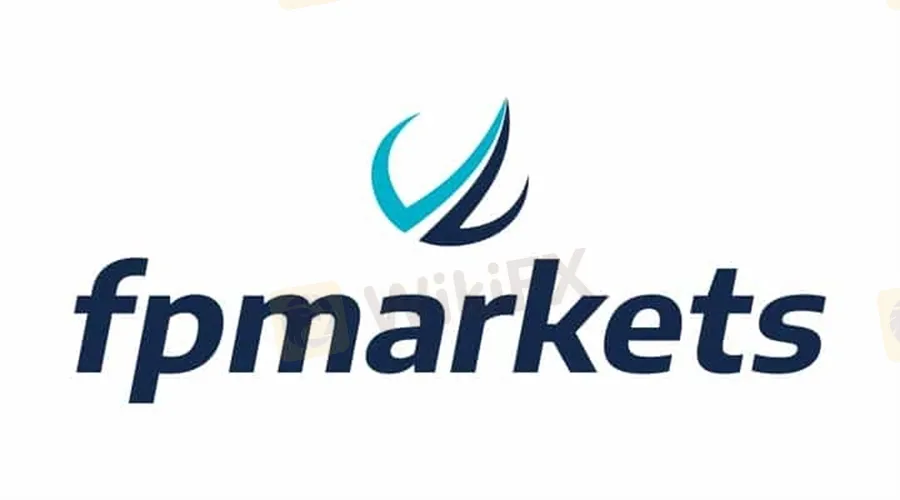简体中文
繁體中文
English
Pусский
日本語
ภาษาไทย
Tiếng Việt
Bahasa Indonesia
Español
हिन्दी
Filippiiniläinen
Français
Deutsch
Português
Türkçe
한국어
العربية
FP Markets Adds Four New Soft Commodities on Its Platform
Abstract:FP Markets, a global contract for differences (CFD) and retail forex provider headquartered in Australia, announced today that it has expanded its products offering by adding new soft commodities products to its MT4 and MT5 Platforms. The popular broker stated that it has added the following soft commodities products to its wide-ranging product offering:

The new products enable traders to increasingly invest in the commodity market.
The new products expand FP Markets soft commodities portfolio to nine.
Cocoa (Cocoa /USD)
FP Markets also added the following new soft commodities portfolio to its existing business lines:
West Texas Intermediate Crude Oil (WTI)
West Texas Intermediate Crude Oil Cash (XTI/USD)
Brent Crude Oil Cash (XBR/USD)
Natural Gas (XNG/USD)
US Coffee (COFFEE)
The company said that it launched the new product offerings after seeing increased demand from a new class of traders in the market who are interested in such soft commodities. FP Markets is, therefore, positioning such new services as high-end solutions for serious traders. The products are available on Android and iOS devices for those traders who want to access them, the firm said.
Craig Allison, the Chief Executive Officer (Europe) and Head of EMEA at FP Markets talked about the development: “FP Markets is continually striving to provide exciting trading opportunities for traders around the globe and is consistently adding new financial tools, products, assets and state-of-the-art technology. FP Markets combines award-winning fast execution, deep liquidity , tight spreads with cutting-edge platforms and multilingual customer support, which are the key ingredients that give traders the knowledge and confidence to trade.”
Expanding into Financial Services from Adjacent Markets
In November last year, FP Markets was recognized as the Best Global Forex Value Broker 2021, Best Forex Trading Experience EU 2021 and 'Best FX Broker Australia' 2021 for a second consecutive year. As a result, the firm continues to set the benchmark in CFDs and Forex . The firm shines as a low-cost broker for trading forex and CFDs, as long as traders use the MetaTrader platform.
Last year, FP Markets launched a new copy trading service to enable novice traders to get a feel for complex financial markets. The new social trading service enables novice traders, to be a Copier, to follow the activity of successful and experienced traders before risking funds on their own ideas. The platform ranks its successful traders based on their profitability. Copiers can view their full trading history and performance to evaluate their success for themselves.

Disclaimer:
The views in this article only represent the author's personal views, and do not constitute investment advice on this platform. This platform does not guarantee the accuracy, completeness and timeliness of the information in the article, and will not be liable for any loss caused by the use of or reliance on the information in the article.
Read more

The president of @Liberland, @Vít Jedlička come on stage, dialogue on trading security.
The 2025 WikiEXPO Hong Kong Station is about to grandly open. the president of @Liberland, @Vít Jedlička come on stage, dialogue on trading security.

Countdown: 1 day.WikiEXPO2025's first stop, Hong Kong, is about to open.
⏰ Countdown: 1 day. WikiEXPO2025's first stop, Hong Kong, is just tomorrow. Focus on transaction security and explore new investment opportunities. ???? Get ready to start now. See you tomorrow.

JustForex vs JustMarkets: A Comprehensive Comparison in 2025
Selecting the right forex broker can make the difference between trading success and frustration for most investors, especially retail investors. As retail traders gain unprecedented access to global markets, the choice between platforms like JustForex and JustMarkets becomes increasingly significant. Both brokers offer some shining features within the forex and CFD trading space, but their approaches differ in some areas.
Vault Markets Review 2025: Live & Demo Accounts, Withdrawal to Explore
Vault Markets, a South African-based broker, has attracted much attention in recent days, particularly within its region. This online broker only offers access to focused trading opportunities on Indices, Currencies, Energies, and Metals, yet it shines on low minimum deposits plus various bonus programmes, which would encourage more investors, especially beginners, to trade with a small budget. However, Vault Markets operates outside of the authorized scope, so we don't consider it solid to trade with.
WikiFX Broker
Latest News
How Crypto Trading Transforms FX and CFD Brokerage Industry
UK would not hesitate to retaliate against US tariffs - No 10 sources
FCA Warns Against 10 Unlicensed or Clone Firms
CySEC Warns Against 14 Unlicensed Investment Websites
Top Currency Pairs to Watch for Profit This Week - March 31, 2025
Will natural disasters have an impact on the forex market?
Philippines Deports 29 Indonesians Linked to Online Scam Syndicate in Manila
Navigating the Intersection of Forex Markets, AI Technology, and Fintech
Exposed: Deceptive World of Fake Trading Gurus – Don’t Get Fooled!
AI-Powered Strategies to Improve Profits in Forex Trading
Currency Calculator







